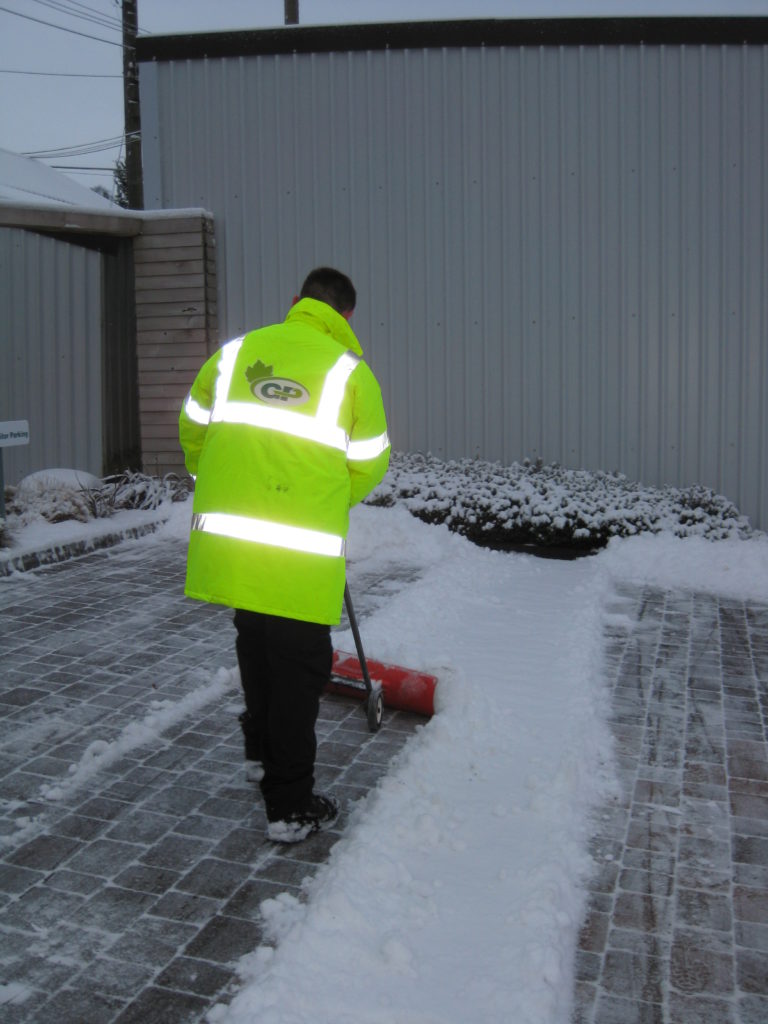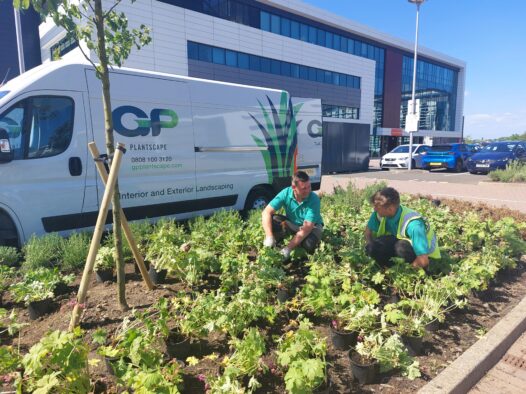If you’re responsible for your facility, keeping your staff and visitors safe by ensuring your premises is free of ice and snow is an immediate challenge. The end of the year is bringing bitingly cold conditions to Scotland. With the prospect of an average maximum temperature of 5°C in January and February, we face frosty nights and slippery surfaces over the coming months. While it might be nice to hunker down until the spring, business must continue. Not everyone can work from home.
Health and safety legislation places a duty of care on employers to make the workplace safe. Accidents caused by slipping on ice or snow can lead to significant harm. In the absence of comprehensive measures to minimise the risk of injury you can leave yourself vulnerable to unwanted insurance claims. So, as winter takes its grip, you’ll want to ensure your staff and visitors can safely drive and walk around your site.
To help, we’ve pulled together a checklist to help you keep your premises safe this winter.
Risk Assessment
The first step to preventing winter weather related slips, falls and vehicular accidents is to conduct a risk assessment. Identify all the outdoor areas used by pedestrians and vehicles most likely to be affected by ice. These might include pathways, shaded areas, entrances, steps, roads, car parks and loading bays. Remember to pay heed to areas where standing water might accumulate such as car wash bays.
Action Plan
Once danger zones have been identified put in place a detailed action plan to minimise the risk of accidents. Consider the following:
- Can any of the potentially dangerous pedestrian or vehicular routes be closed during cold weather and traffic diverted to another path or road?
- Covering walkways and doorways to prevent slippery surfaces forming.
- For unavoidable routes, apply salt if the route is prone to being slippery in frosty conditions.
- Check drains to ensure there are no blockages causing lying water on pathways, roads and carparks.
- Reduce speed limits in freezing conditions.
- Incorporate the use of hazard warning indicators such as cones when the temperature drips. Invest in ice warning signs which are activated in cold temperatures to warn staff and visitors of the danger.
- Prepare communications to advise staff of the potential dangers and encourage them to wear sensible footwear.



Monitor Temperature
A vital component of your action plan will be to monitor the weather on a daily basis throughout the winter months. When freezing temperatures are forecast, be proactive and implement measures to prevent icy surfaces developing.
Gritting
Salt application is most effective when carried out early in the evening as it takes time to become effective. This is prior to frost coming down and before employees arrive at work. The salt mixes with the water on the ground to form a saline solution (brine) with a reduced freezing point. Once the brine is formed it can start doing its work. Be aware that several factors can influence the effectiveness of salt. The movement of vehicular traffic will spread the salt solution and melt the ice more rapidly than on a pedestrian pathway. Heavy rain or snow will dilute the brine solution, making it less effective. Salt also does its job best between the temperatures of -1°C and -5°C.
Gritting and Snow Clearing Service
With over 20 years’ experience providing proactive gritting and snow clearing services to commercial clients, GP Plantscape can give you peace of mind and assist you in complying with your duty of care. We will work with you to understand the cold weather risks you have identified on your site and help execute your winter action plan. For more information you can visit our website or give us a call on 0808 100 3120 for a free quotation.
Latest News
and plant care tips.
























